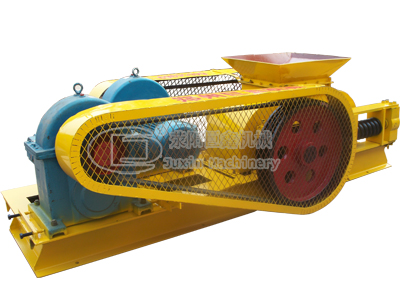
Your position : Home > Products > Ore Dressing Equipment
■ Overview
Function
Raymond Mill is mainly used to grind non-inflammable and non-explosive materials with hardness below 7 and moisture content below 6% such as barite, calcite, potash feldspar, talcum, marble, limestone, ceramic, glass, etc for ultra-fine powder processing of 280 materials Raymond grinder can be used in mining, chemical industry, construction materials, metallurgy and etc. The granularity of the final products can be adjusted freely from 80 mesh to 400 mesh.
Advantages
1 Raymond Mill is a vertical structure. It takes less space and strong Systemic. From the lump materials, crushing to finished powder and packaging, it has an independent production system.
2 Passing screen rate can reach 99%, which other machines cannot.
3 Raymond Mill host transmission device of the sealed gear box and pulleys, is stable and reliable operation.
4 Main parts are all made of good quality casting in fine processing and good control, ensures the durability of the machine.
5 Electrical system uses centralized control; ground powder workshop can realize no one basic operations, and convenient maintenance.
Operating Principle
Firstly, raw material is crushed by jaw crusher to the size required, and then the crushed materials are elevated into a hopper from which the material is transported through the electro-magnetic vibrating feeder, evenly and continuously into the grinding chamber for powder-processing. The rollers oscillate outward to press the ring because of the centrifugal force and the shovel scoops up the materials, send to the middle between ring and roller to accomplish the grind.
After this, the ground stuff is carried by the air from the blower into the separator for screening. The fine powers are blow into the cyclone collector and are poured out through the output-powder valve as the final products and the rough stuff after the screening will be recycled back into the grinding chamber for regrinding. The set’s airflow system is closely sealed up and circulated under condition of negative and positive pressure.
■ CASE



.jpg)




